Natural Solutions to Things That Bug You (85 page)
Read Natural Solutions to Things That Bug You Online
Authors: Myles Bader

THE FRENCH CONNECTION
Root-knot nematodes will not go near a garden or plants in an area where there are French marigolds
Tagetes patula
. If you plant a whole area with the marigolds foe a season and then plow them under you will never have these destructive nematodes. The marigolds actually release a toxin that is very poisonous to the nematodes.
PICKLEWORM AKA MELONWORM
General Information:
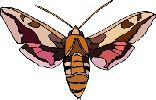 The moths lay their eggs on the underneath sides of leaves on cucumbers, melons, pumpkins and squash. Squash is their number one favorite if it is available and will feed on the flowers and leaf buds. The caterpillars will feed on vegetation but a large number tend to find fruit and bore holes in them. The pickleworm is usually only found east of the Rockies and may also be found in New York State. The south is where the worst infestations are found, mainly in Florida and Texas.
The moths lay their eggs on the underneath sides of leaves on cucumbers, melons, pumpkins and squash. Squash is their number one favorite if it is available and will feed on the flowers and leaf buds. The caterpillars will feed on vegetation but a large number tend to find fruit and bore holes in them. The pickleworm is usually only found east of the Rockies and may also be found in New York State. The south is where the worst infestations are found, mainly in Florida and Texas.
SMELL THEM OUT
If you plant strong smelling herbs within your garden it will keep these pests out. They do not like onion and garlic plants.
WIREWORMS (CLICK BEETLES)
Identification:
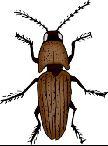 The adults are called
The adults are called
“click beetles,”
which is the name they were given since when they right themselves after being turned over they hit the ground and it sounds like a “click.” The larvae are very thin worms that have a leathery skin and three pairs of legs close to their head. They are yellow to dark red in color and can grow to 1½-inches long. They lay their eggs in the soil and will live for 3-4 years.
General Information:
The beetle got the name click beetle since it makes a clicking sound when it rights itself after being placed on its back. It loves to consume corn, peas, potato tubers, sweet potatoes, carrots and rutabaga. It also likes to munch on the roots of cabbage, onions, watermelon, cucumber and tomatoes.
SKEWER THEM
To trap wireworms you will need some wooden skewers, carrots and apples. Cut the apples and carrots into small pieces and place the skewer through a piece. Bury the food leaving the skewer where you can see it. The wireworms will eat the fruit or vegetable since it an easier meal and then you can remove the skewer and destroy them with extreme prejudice. They also love potatoes and they can be used to trap them as well by just placing pieces of potatoes into the soil and digging them up in a few days.
WORMS WILL KILL WORMS
If you apply Nc nematodes about two months before you plant, it should eliminate the problem. This is one of the best methods of control.
THEY DON’T LIKE BUCKWHEAT
Wireworms do not like to be around buckwheat or white mustard. If you plant these around the plants that they do like they will stay far away. Natural plants used as repellants work very well with a number of insects.
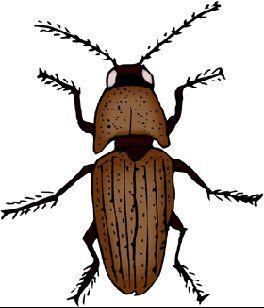
CHAPTER 17
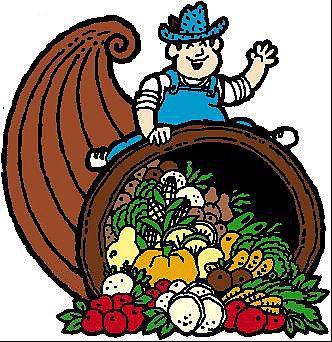
PROBLEMS AND SOLUTIONS
FRUITS & VEGETABLES
PROBLEMS AND SOLUTIONS
FRUITS & VEGETABLES
GET THE LEAD OUT
 If your garden is near a road and you are worried about auto emissions getting on your plants, just spray them with a solution of 2½ teaspoons of white vinegar in 1-gallon of tap water.
If your garden is near a road and you are worried about auto emissions getting on your plants, just spray them with a solution of 2½ teaspoons of white vinegar in 1-gallon of tap water.
ARTICHOKES
ARTICHOKE PEST PROBLEM SOLVERS
 THE PROBLEM CAUSED BY
THE PROBLEM CAUSED BY
Holes bored in stems, discoloration of choke………… Artichoke plume moth
Sticky substance on chokes or black mold…………… Aphids
Holes in leaves and stem, blackening of choke……… Snails & slugs
Curled leaves, small plants, misshapen chokes …….. Curly dwarf virus
Grey or brown fungus growth…………………………… Botrytis fungus
ASPARAGUS
ASPARAGUS PEST PROBLEM SOLVERS
THE PROBLEM CAUSED BY

New spears are chewed on…………………………….. Snails & slugs
Growing tips chewed with black blemishes…………… Asparagus beetle
Rust-colored spots on spears………………………….. Fungus damage
Weak spears with discoloration………………………… Fusarium wilt
Whitish or yellowish stippling on shoots………………. Spider mites
Plants stunted and rosetted…………………………….. European asparagus aphid
Small holes eaten out of new spears……………………Cutworms
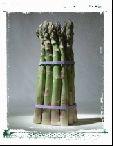
AVOCADO
AVOCADO PEST PROBLEM SOLVERS
THE PROBLEM CAUSED BY
 Leaves skeletonized and sometimes webbed……….. Amorbia caterpillar
Leaves skeletonized and sometimes webbed……….. Amorbia caterpillar
